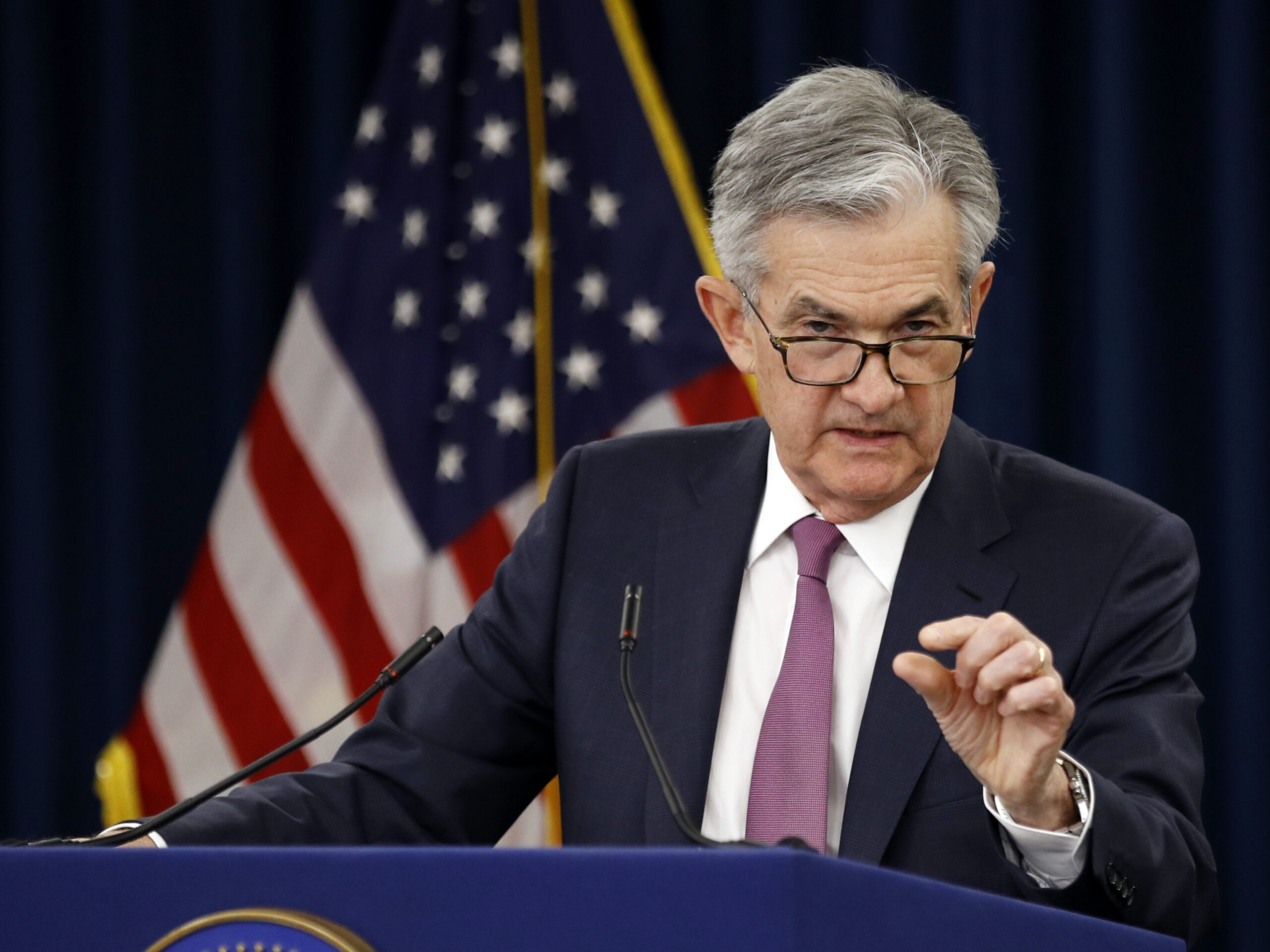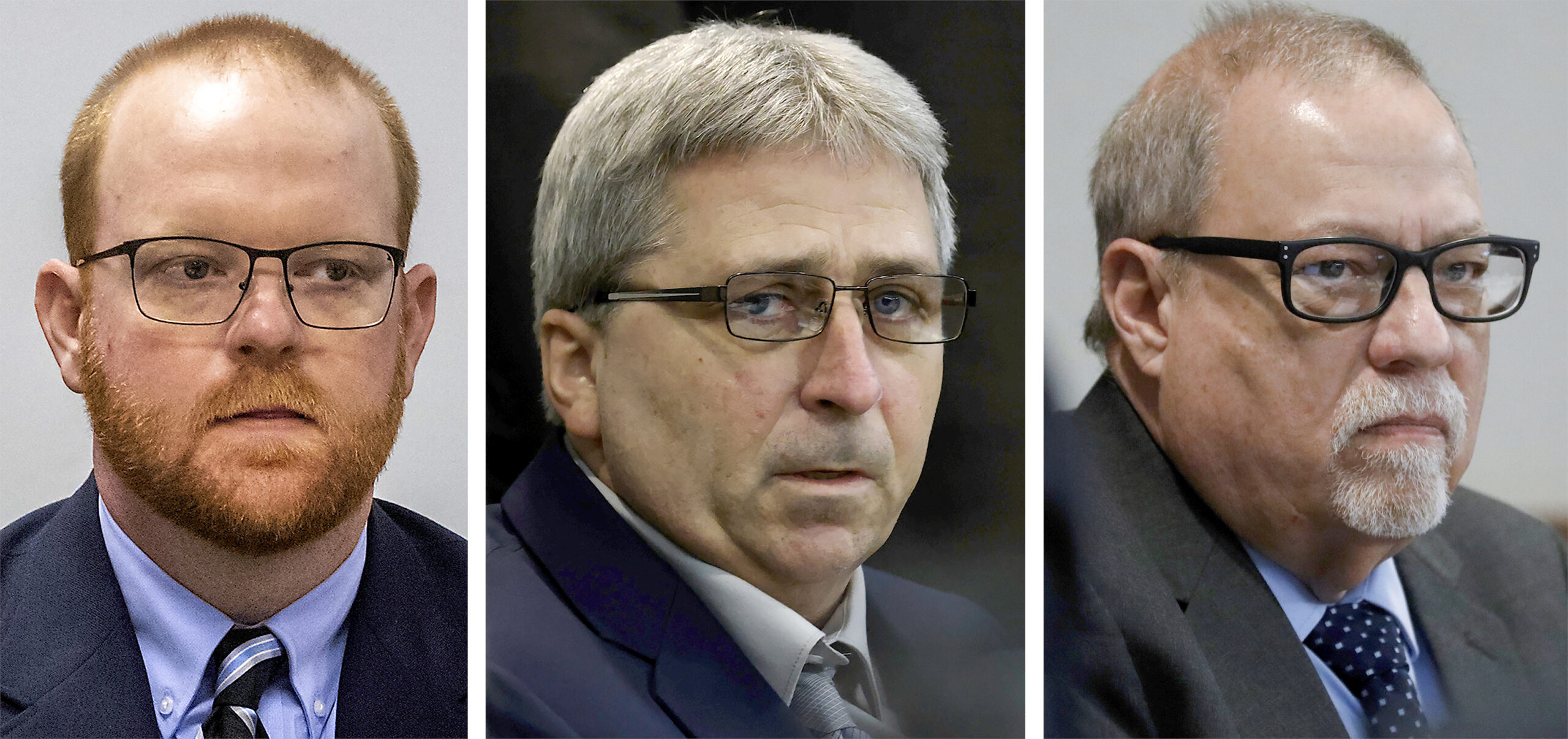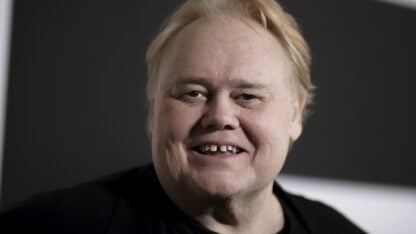Fed Cuts Interest Rates For 1st Time Since 2008

Federal Reserve Board Chairman Jerome Powell has been under pressure from President Trump to cut interest rates.
Patrick Semansky / AP
Updated at 3:02 p.m. ET
The Federal Reserve is cutting interest rates for the first time in over a decade — a preemptive move aimed at extending the already record-long economic expansion.
The Fed on Wednesday lowered its target for the key federal funds rate by a quarter percentage point. The move should decrease the cost of borrowing, including for credit cards, auto loans and mortgages.
The rate cut — the first since the Great Recession — had been widely expected, but it marks a turnaround for the Fed. As of late last year, the central bank was expecting to continue raising rates in 2019.
Major stock indexes fell after the Fed’s announcement, with the Dow Jones Industrial Average down more than 350 points, or 1.3% percent.
The U.S. economy is still growing at a modest pace. And, at 3.7%, unemployment is near a 50-year low. But the central bank is concerned that trade tensions with China and slowing growth in other countries could put the brakes on the economy, just as many Americans are beginning to enjoy the benefits of a slow-moving recovery.
Don’t see the graphic above? Click here.
In announcing the rate cut, Fed officials pointed to sluggish business investment and inflation that has been running stubbornly below the central bank’s 2% target.
“In light of the implications of global developments for the economic outlook as well as muted inflation pressures,” policymakers decided to lower the Fed’s key interest rate, the central bank said in a statement. Officials stressed that they would continue to monitor economic conditions and would “act as appropriate to sustain the expansion.”
In recent years, the Fed has been focused on raising rates, in an effort to prevent the economy from overheating. Between December 2016 and December 2018, the Fed raised rates eight times.
While interest rates are still low by historical standards, President Trump frequently complains that the Fed’s actions stifled what could have been stronger economic growth.
“The Fed moved, in my opinion, far too early and far too severely,” Trump told reporters Tuesday. “It puts me at somewhat of a disadvantage. Fortunately, I’ve made the economy so strong that nothing’s going to stop us. But the Fed could have made it a lot easier.”
Trump promised to boost annual GDP growth to 3% or higher by cutting taxes and rolling back regulation. Growth topped 3% in the first three months of 2019, but slowed to an annual rate of just 2.1% in the second quarter. Revised figures from the Commerce Department also show that Trump missed the 3% target in 2018.
Consumer spending — a key driver of the economy — remains strong. But business investment has slowed this year, as the effects of the 2017 tax cut wear off and companies contend with rising uncertainty.
Some Fed officials have acknowledged that they may have acted too quickly in raising interest rates last year. Despite low unemployment, wages have risen only modestly.
“The labor market has improved steadily for 10 years now,” Fed Chairman Jerome Powell told a congressional committee this month. “But just in the last couple of years, it’s started to reach communities at the edge of the workforce. And it’s just so important for us to continue that process for a couple of years and that’s why we’re so committed to using our tools to sustain the expansion.”
Two members of the Fed’s rate-setting committee voted against the rate cut, preferring to leave rates unchanged for now.
9(MDAxODM0MDY4MDEyMTY4NDA3MzI3YjkzMw004))








